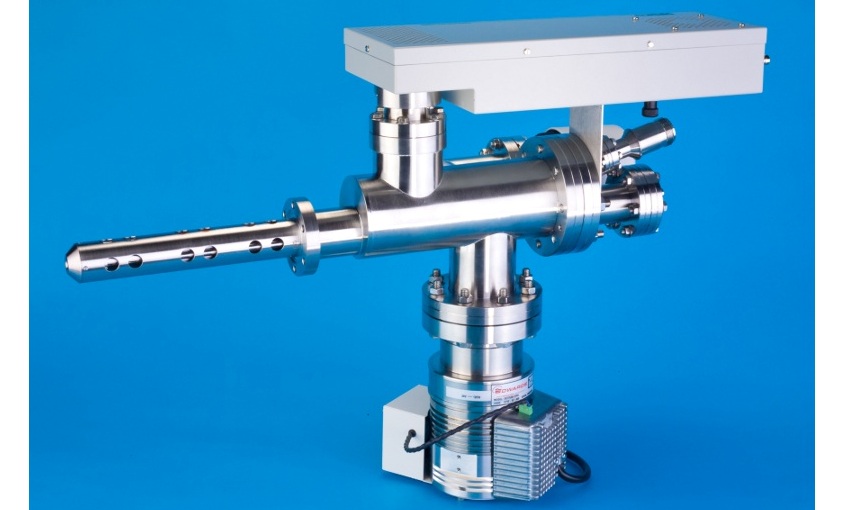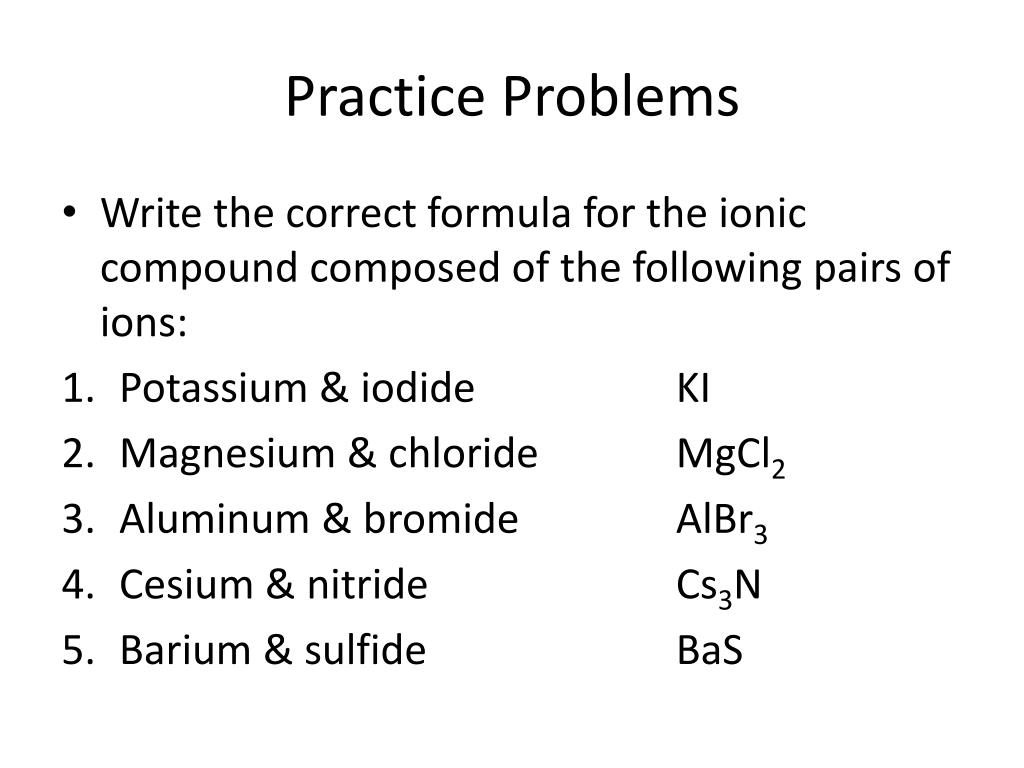
This key milestone enables Anson to provide product samples to potential offtake OEM The company carried out a four-hole reverse circulation drill program at the prospect with field observations indicating three out of the four holes intersected carbonatite.ĭrill samples from the program are currently in transit to the company’s laboratory in Perth for geochemical analyses.Īlso in the materials space, Anson Resources (ASN) has produced its first battery-grade lithium carbonate product using brines from its Paradox lithium project in Utah, USA.

WA1 Resources (WA1) has struck an intrusive system anticipated to be 2.5 kilometres by one kilometre at its P2 Carbonatite complex, part of the company’s West Arunta project. Here are some ASX-listed companies with news out today: The Aussie dollar has slid an unexpected 1.6 per cent overnight to 66.3 US cents, following an RBA rate pause announcement yesterday. The ASX is expected to open lower today on the back of mixed reactions on Wall Street ahead of major company profit results, and with US employment numbers soon to be announced. CXO Core Lithium (ASX:CXO) announces share purchase plan to raise $20m.PAA PharmAust (ASX:PAA) welcomes Dr Michael Thurn as new CEO.QML QMines (ASX:QML) to acquire high-grade copper-zinc project from Zenith Minerals (ASX:ZNC).

#Caesium ion trial#
RCE Recce Pharmaceuticals (ASX:RCE) receives green light for higher dose in rapid infusion phase I/II UTI trial. REP RAM Essential Services Property Fund (ASX:REP) posts strong operational gains as FY22 losses recede. ATC Altech Batteries (ASX:ATC) advances Silumina Anodes pilot plant in Germany. ODA Orcoda (ASX:ODA) delivers record total income and underlying EBITDA in FY23. GSM Golden State Mining (ASX:GSM) kicks off AC drilling at Yule, WA. RDN Raiden Resources (ASX:RDN) secures $6m to advance lithium exploration in the Pilbara, WA. VTI Visioneering Technologies (ASX:VTI) appoints new CEO and Executive Director. PMT Patriot Battery Metals (ASX:PMT) reports drilling progress at Corvette Property, Canada. AON Apollo Minerals (ASX:AON) to acquire Belgrade copper project, Serbia. ZIP Zip Co (ASX:ZIP) joins Aussie BNPL comeback with record transactions of $8.9b in FY23. 1AE Aurora Energy Metals (ASX:1AE) kicks off US metallurgical uranium testwork program. CHM Chimeric Therapeutics (ASX:CHM) completes dose escalation in phase 1A brain cancer trial. In Pelletron® systems, it is common to change a cathode within 10 minutes from beam on target to beam on target.Ĭustomers report emittances of the resulting negative ion beam from a SNICS II source from 3-5 πmm mR (MeV)1/2 for 80% of the beam, depending upon the beam mass. However, the source is designed to allow the change of a cathode without turning the source off. The lifetime of a cathode is highly dependent on the sputter rates. This translates into well over 1000 hours of beam production time. However, customers reported 3-6 months between source maintenance, except for cathode change. The maintenance period of the SNICS II is dependent on beam type and beam current produced. Contact NEC for more information on SNICS injector systems. NEC can provide just the source, a complete injector system, or anything in-between. NEC also offers a multi-cathode SNICS (MC-SNICS) that can handle either 40 or 134 samples at a time.Ĭontact NEC for more information on available SNICS configurations Though the source is primarily designed for the use of solid samples, NEC offers a gas cathode assembly, which allows the insertion of gas through the center of a cathode. Adjusting the cathode position can also allow longer runs on a single cathode by optimizing the amount of material used per run. Provisions are available to adjust the cathode insertion position while the source is running, optimizing beam current. The volume around the ionizer and cathode is fully enclosed, which keeps the cesium vapor in the volume. 
This arrangement allows the body of the source to remain warm relative to the cathode. The only o-rings are in the back of the cooled area on the cathode holder.

The SNICS II has an all-metal sealed main housing. The SNICS II has multiple design considerations that allow it to maximize beam production.
Negative ions are propelled near the cathode surface and then accelerated back toward the ionizer. The ionized cesium sputters particles from the cathode through a condensed cesium layer on the cathode face. Most of the cesium is ionized by the hot surface, while some of the cesium condenses on the front of the cathode. Cesium vapor flows from the cesium oven into an enclosed area between the cooled cathode and the heated ionizing surface. How It Works: The cesium sputtering operation produced by the SNICS








 0 kommentar(er)
0 kommentar(er)
